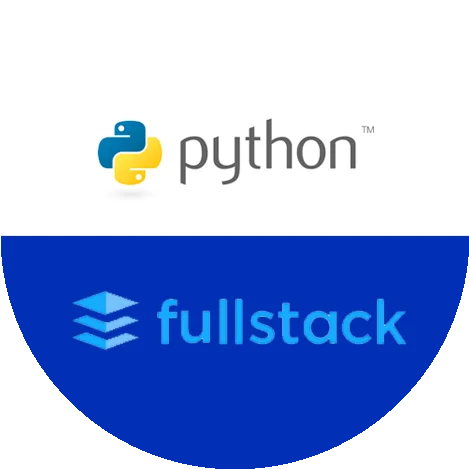Why Choose a Python Fullstack course from Credo?
Credo Systemz Python Full Stack training in Chennai is the standard course to expertise in Full Stack development using Python. This Python Full Stack Course in Chennai assists in gaining the in-built knowledge of Full Stack with Python programming. Gain proficiency in Full Stack with Python using our Practical Training program. Our Python Full Stack Training is framed from scratch to meet the market standard.
Find out what our past customers have to say about credo and their experiences with us
Flexible Mode of Training and Payment
Hear it from our customer!!
Our Python Fullstack Training Overview
Our Python Full Stack Certification training in Chennai assists in Professional skills development using hands-on practices. This Python Full Stack Course offers 100% practical training with live sessions. Attend Our Python Full StackTraining Demo to experience the live training sessions
Contact Us
+91-98844 12301 / +91-96001 12302
Training Benefits!!
Credo Systemz Python Full Stack Training in Chennai provides complete training to pursue a successful Full stack Career path. Learn the industrial skill set to be an expert professional using Our Python Full Stack Course in Chennai. We assure top trainers, certification support for gaining the knowledge of Python Full Stack. Gain the industrial experience of Python Full Stack using our hands-on practices
-
5-15%
5-15% Chances of immediate placements.
-
10-15%
10-15% increase in salary.
-
~30%
30% of job market is open for Python Full Stack developers.
Testimonials
-
Credo Systemz Python Full Stack training in Chennai offers practical training to acquire the skills of Full stack with Python programming. It is effective and provides industrial practices. Thank you Credo Systemz.
Anuviha

-
I completed Python Full Stack training at Credo Systemz using real world practices. This Python Full Stack Course in Chennai offers hands-on practices to become a full stack developer using python. It includes career support and certification.
Karthiga

Join Us
CREDO SYSTEMZ provides the Best Python Full Stack Training in Chennai to promote you into a skilled FullStack professional with 100% Free Placement Support.
Join NowGet Industry Recognized Certification
Credo Systemz’s certificate is highly recognized by 1000+ Global companies around the world. Our Python Full Stack certification showcases the in-built knowledge and skills of Full Stack using Python.
Benefits of Python Fullstack Certification
- To demonstrate the Proficiency of Python Full Stack with its skills.
- To add weightage to your Professional resume and pursue the best career path.
- To stand out in the job market with guaranteed performance.


